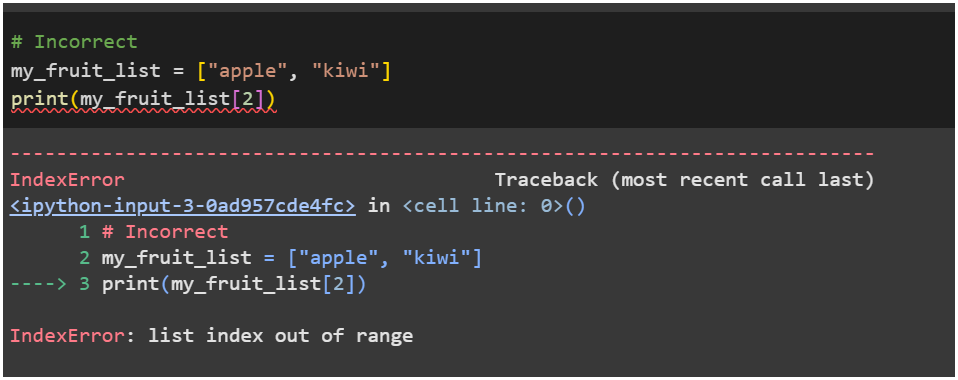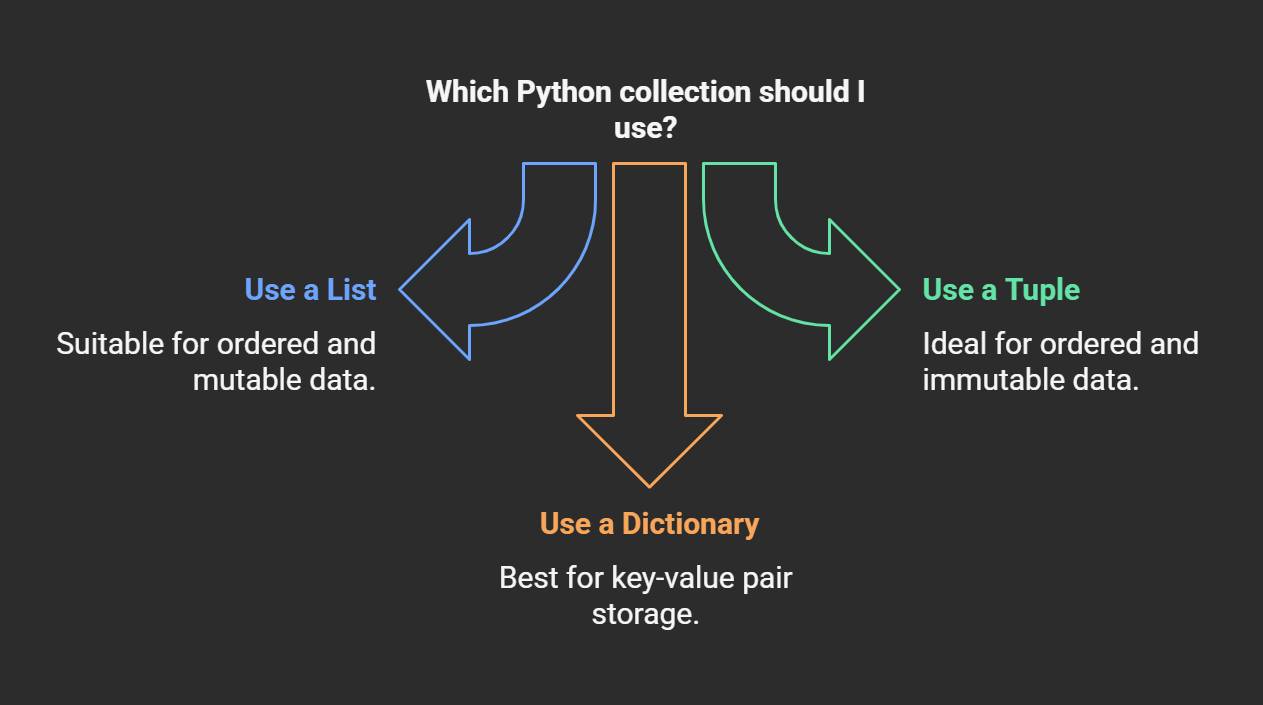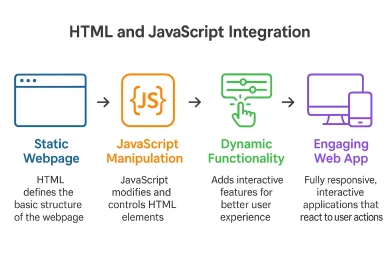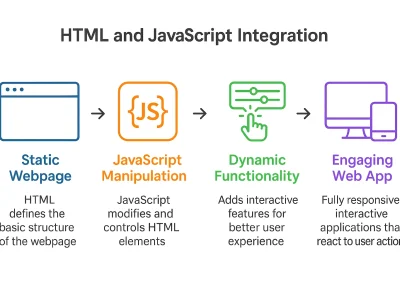Introduction
In Python programming, lists, tuples, and dictionaries are types of fundamental data structures that help in storing data and manipulating collections of data. For writing efficient and readable codes it is necessary to understand these basic structures.
In this blog, we try to explain the key characteristics, use cases, and major differences between lists, tuples, and dictionaries, which are often confused. This will enable you to choose the right structure for your specific programming requirements.
Overview of Python Collections
In Python, collections are data structures that group multiple varied elements. In Python collections include, lists, tuples, and dictionaries are most commonly used for their flexibility and comprehensibility. These structures allow developers to manage and manipulate data efficiently, which is especially important when working with large datasets and learning models.
- Lists: They are ordered, mutable collections.
- Tuples: They are ordered, immutable collections.
- Dictionaries: They are unordered collections of key-value pairs.
Python Lists: Ordered and Mutable
A list is an ordered collection of elements that can hold items of any data type. Lists are mutable, meaning their content can be changed after creation.
Example:
days = ["Sunday", "Monday", "Tuesday"]
days.append("Wednesday")
print(days)
# Output: ['Sunday, 'Monday', 'Tuesday', 'Wednesday']
Key Features of Lists
- Dynamic: Lists can grow or reduce in size.
- Mutable: Elements can be added, removed, or modified.
- Heterogeneous: Lists can store elements of different data types.
Common Use Cases for Lists
Example: squares = [x**2 for x in range(5)] print(squares) # Output: [0, 1, 4, 9, 16]
- Storing sequences of similar or related data (e.g., names, scores).
- Maintaining ordered collections where the order of elements matters.
- Using list comprehensions for concise and readable code.
Python Tuples: Ordered and Immutable
A tuple is a collection of elements that are ordered, similar to a list, but immutable. Once created, the elements of a tuple cannot be changed.
Example: coordinates = (10, 20) print(coordinates[0]) # Output: 10
Key Features of Tuples
- Immutable: Elements cannot be added, removed, or modified.
- Faster than lists due to immutability.
- Can be used as keys in dictionaries (if they contain only immutable elements).
Common Use Cases for Tuples
Example:
def get_user():
return ("Jenny", 30)
name, age = get_user()
print(name)
# Output: Jenny
- Storing fixed collections of related elements (e.g., coordinates, RGB values).
- Returning multiple values from a function.
- Using tuples as keys in dictionaries.
Python Dictionaries: Key-Value Pairs
A dictionary is an unordered collection of key-value pairs. Each key must be unique, and it is used to access the corresponding value.
Example:
person = {"name": "Alice", "age": 30}
print(person["name"])
# Output: Alice
Key Features of Dictionaries
- Mutable: Elements can be added, removed, or modified.
- Unordered: The order of elements is not guaranteed.
- Fast lookups: Accessing values by keys is faster than searching through a list.
Common Use Cases for Dictionaries
Example:
word_count = {}
words = ["apple", "banana", "apple"]
for word in words:
word_count[word] = word_count.get(word, 0) + 1
print(word_count)
# Output- {'apple': 2, 'banana': 1}
- Storing data as key-value pairs (e.g., student records, configuration settings).
- Creating mappings between elements (e.g., word-frequency counts).
- Using dictionary comprehensions for concise code.
Comparing Lists, Tuples, and Dictionaries
A quick comparison table is shown below to analyse the differences among the three, lists, tuples, and dictionaries based on different features.
| Feature | List | Tuple | Dictionary |
| Mutability | Mutable | Immutable | Mutable |
| Ordering | Ordered | Ordered | Unordered |
| Access Method | Index-based | Index-based | Key-based |
| Duplicity | Allowed | Allowed | Keys: No, Values: Yes |
| Performance | Slower for lookups | Faster than lists | Fastest for lookups |
Differences in Performance and Storage
- Lists vs. Tuples: Tuples are generally faster than lists due to their immutability and fixed size.
- Dictionaries vs. Lists: Dictionaries offer faster lookups compared to lists, especially when dealing with large datasets.
Choosing the Right Python Data Structure
Basic guidelines for Selecting Between Lists, Tuples, and Dictionaries are as follows-
- Use Lists:
- When you need an ordered, mutable collection.
- When the order of elements matters.
- Use Tuples:
- When you need an ordered, immutable collection.
- When you want to use a sequence as a key in a dictionary.
- Use Dictionaries:
- When it is you need to store data as key-value pairs.
- When fast lookups and unique keys are required.
It is important to consider the following factors while choosing the right data structure for the data storage to avoid common runtime errors.
- Data Mutability: If the data needs to be modified, use lists or dictionaries.
- Access Pacifiers: For quick lookups, dictionaries are more efficient as well as convenient to use.
- Memory Usage: Tuples consume less memory space than lists because their immutability allows Python to optimize their storage and performance.
Avoiding Common Errors with Lists, Tuples, and Dictionaries
Misusing Tuples When Data Needs to Be Modified
Since tuples are immutable, trying to modify their elements will result in an error. Use lists instead if you need a mutable collection.

# Correct coordinates = [10, 20] coordinates[0] = 15
Using Lists/Mutable Types as Dictionary Keys
Keys in dictionaries must be immutable. Using a mutable type like a list will raise an error.
# Incorrect
my_dict = {[1, 2]: "value"}
# TypeError: unhashable type: 'list'
# Correct
my_dict = {(1, 2): "value"}
Indexing Errors in Lists and Tuples
Always make sure that the index is within the valid range of data provided to avoid IndexError.

Conclusion
For enhancing performance, it is urgent to Know when to involve every information structure that guarantees clearness in your programs. Records, tuples, and dictionaries are useful assets in Python, each filling various needs founded on their qualities. By understanding their key highlights, use cases, and normal tangles, you can compose more proficient and viable Python code.
Prepare to develop your Python knowledge. Join our Python Programming Course today to study information structures in Python and high-level programming programming!
If you found this blog helpful, be sure to bookmark it and share it with others in your data science community.





